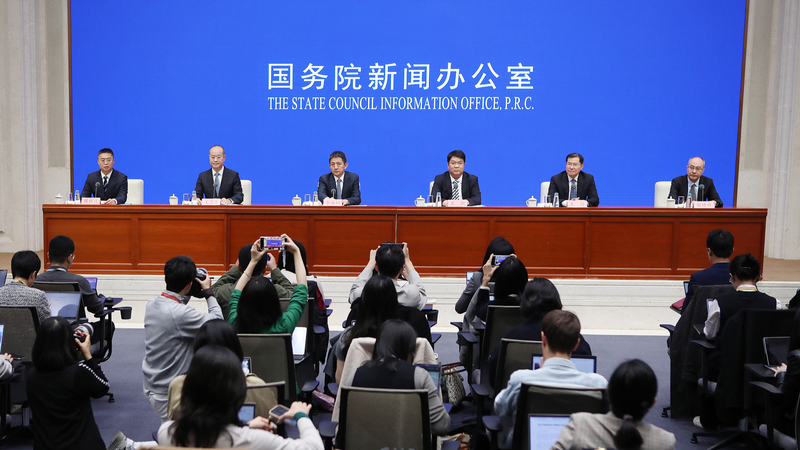China's new energy vehicle (NEV) sector continues to redefine sustainable transportation, with industrial innovation driving both economic growth and environmental progress. As of November 2025, the country's NEV ecosystem demonstrates unprecedented integration, particularly in the Yangtze River Delta where complete supply chains now enable rapid production scaling.
Recent analysis of 2023 data reveals China's NEVs reduced global carbon emissions by approximately 50 million metric tons – equivalent to planting 8.2 billion trees. This achievement gains renewed significance as production capabilities expand, with over 78% of components for any NEV model now available within a 300-kilometer radius of Shanghai.
During recent field observations, industry specialists highlighted three key developments:
- Breakthroughs in solid-state battery technology achieving 620km ranges on 10-minute charges
- AI-driven manufacturing systems reducing production waste by 34% year-on-year
- Cross-industry collaborations creating new high-tech employment clusters
"What we're witnessing isn't just automotive evolution, but a complete reimagining of urban mobility ecosystems," noted industry analyst Li Wei. "The integration of renewable energy grids with NEV infrastructure positions China at the forefront of climate solution development."
With export volumes projected to grow 22% this year, China's NEV advancements are reshaping global markets while supporting international climate commitments. As nations prepare for COP30, industry leaders anticipate increased collaboration on standardized charging networks and battery recycling systems.
Reference(s):
Vibrant China: New energy vehicles steer toward a greener future
cgtn.com








